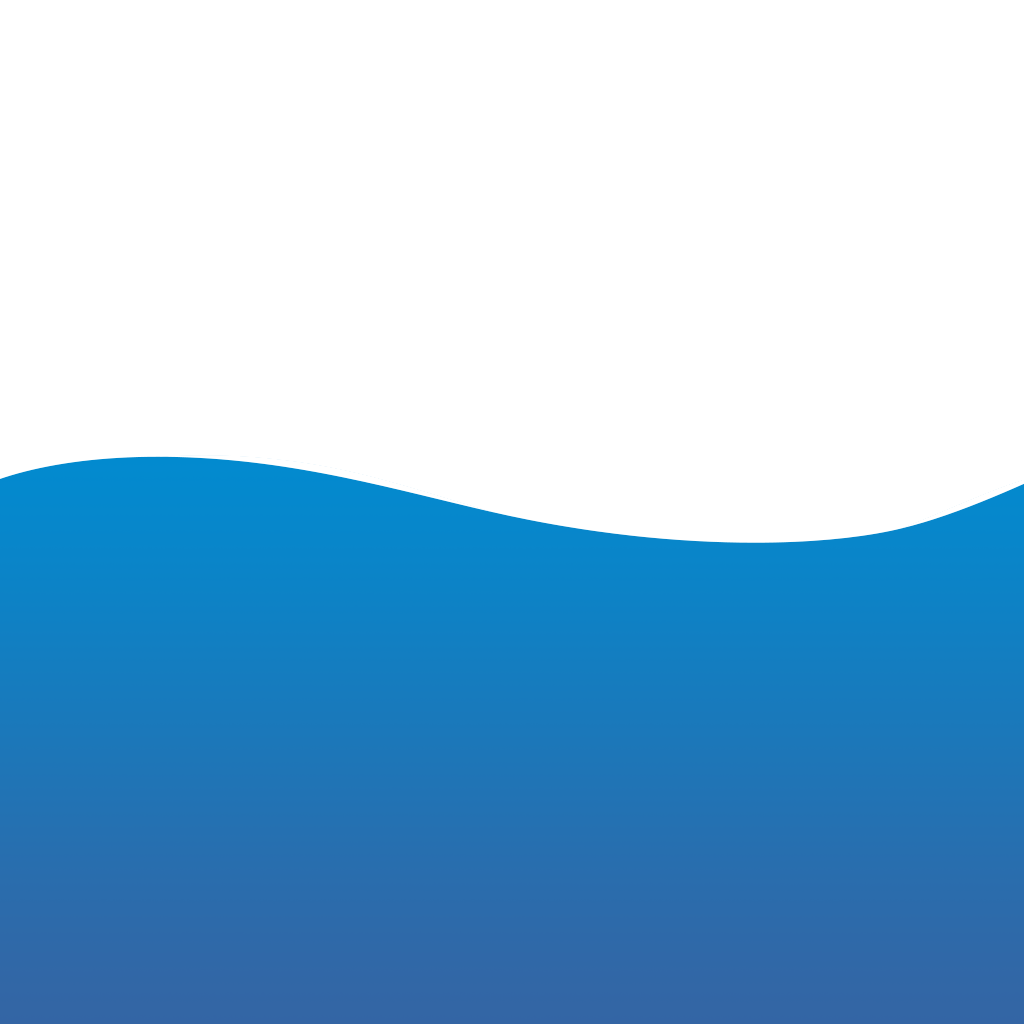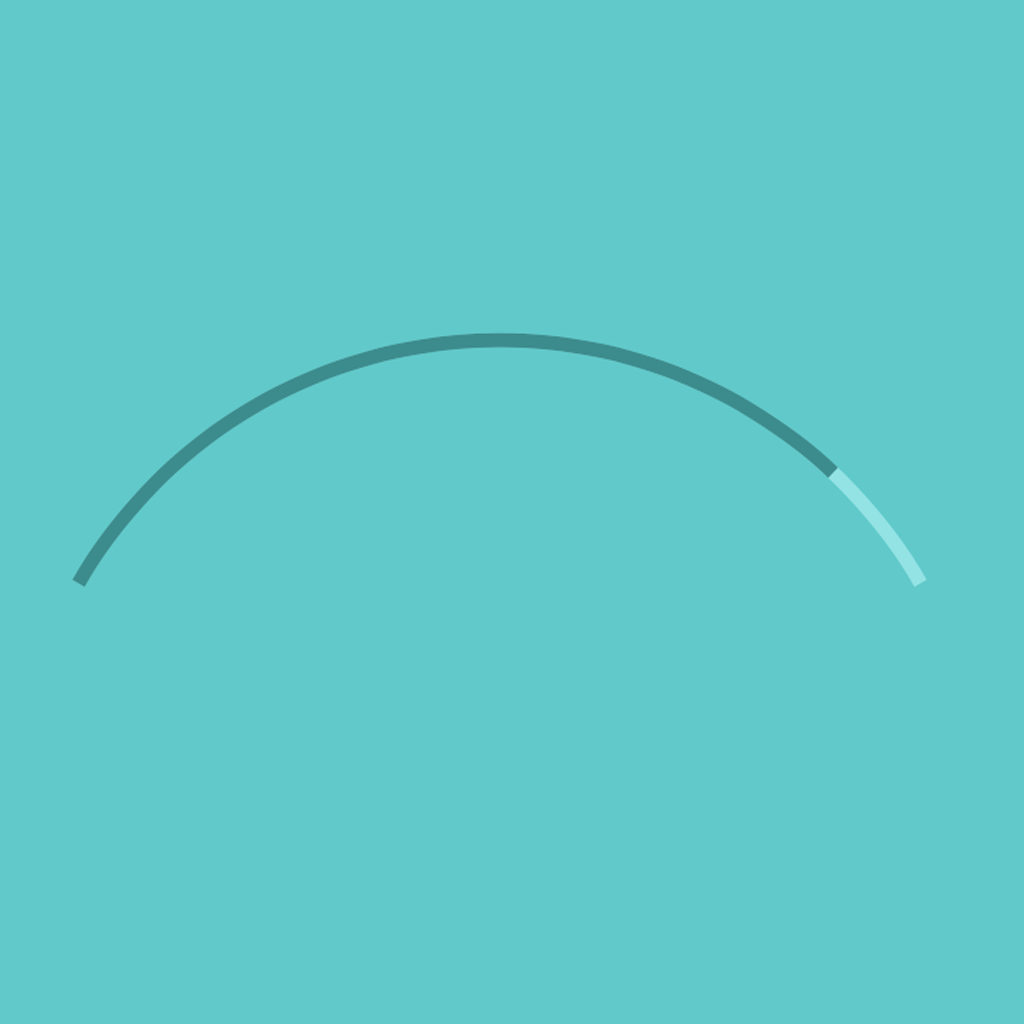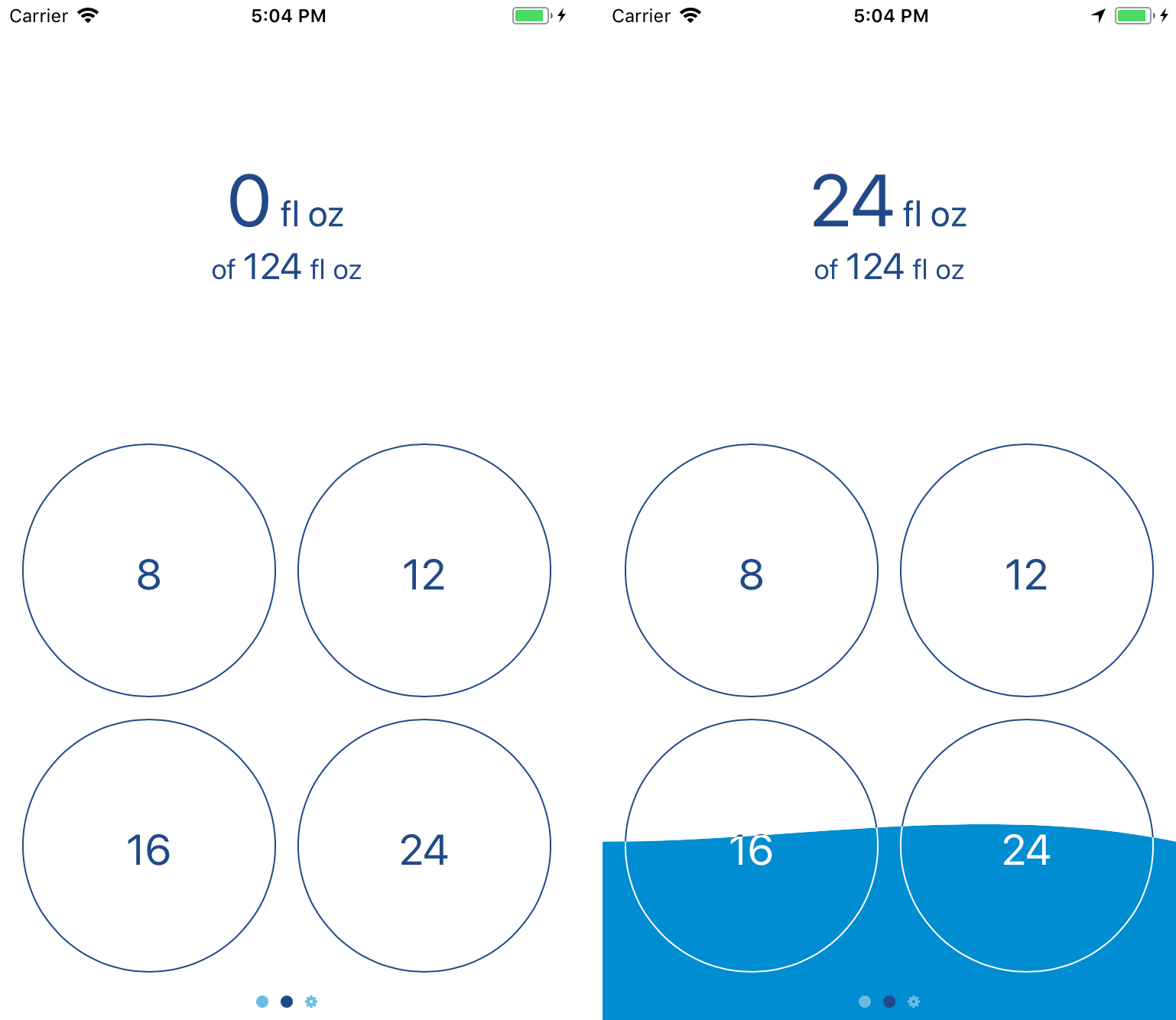I’m happy to announce the release of Fluidics 1.2! This update focused on the settings of the app and customizability; the quickest summary I can give is to include one of the new App Store images:

The first thing to notice is the new cards; they come up from the bottom of the screen, which is a much nicer experience on really tall devices like the iPhone X, and offer a more customizable interface than iOS built-in popup stuff.1
There’s some uses of the cards that I’m not showing here — I rebuilt the onboarding process, that initial setup you go through the first time you open the app, using this card style, and the result looks a lot nicer. There’s also some informational stuff — a new ‘about’ card, the weight/Health connection stuff, and so on — but the biggest things are the two cards in that screenshot. The first is, in my opinion, the more interesting: each Quick Add now has its own unit. If you’re content with the old system, all of them using the same unit, nothing’s changed; the text of the buttons is a bit bigger, but there’s no additional use of space. If you, like me, use a mix of units,2 you’ve now got the option to do that in one place, without needing to go over to the Settings page to switch back and forth all the time. These mixed-unit quick adds, as always, work both from within the app and from the widget.3
Next up is the new Display Settings card; this brings in features I’ve been wanting to have for a while now. Some of the original settings are still there — you can, as before, show or hide the help as you need it, and the ability to select the global display unit has been expanded to include liters as well as mililiters.4 There’s some new settings in there, too: you can choose which page of the app will come up when you first open it — useful if you’ve got your Quick Add values set just right to always work with the widget, and you only need to get into the app to add the occasional weird amount via the Custom Add page. You’ve also got the option to hide the goal display — you’ll still get the nice filling-up of the background, but without the actual number right there, it’s a lower-pressure environment.5 Finally, you can disable the animation of the background; though I spent quite a while making sure it’d work, I know that some people don’t actually want lots of animations going on.6
I also put a bit of polish on the way the Health connection works, so now it’s a single button in Settings that opens up a different card depending on the context — if you haven’t done all the connecting to Health, it’ll give you the option to do that, or leave things as they are; if it is connected to Health, but you haven’t got your weight logged there, you can continue using Fluidics’ built-in weight handling stuff. That’s been improved, as well, and now lets you pick units yourself, instead of going with the default for your region.7
Not mentioned in the release notes, but something I feel like mentioning here, is that I’ve done a bit more groundwork to prepare the app for eventual internationalization. There’s still a lot more ground to cover in that regard, though, so probably I won’t be adding additional languages for another couple versions.8
All that said, I’m pretty happy with where this version is, and I’m also excited to start work on the next big update; the feature list I’m aiming for is pretty neat. Fluidics remains free on the App Store, so please, give it a download.
- The specific implementation I’m using is this open-source project; I liked the way the API worked, though the documentation is a bit out of date. ↩
- Because ‘Murica. ↩
- Unfortunately, I had to reset the quick add settings as a result of this transition; the new way they’re stored is thoroughly incompatible with the old way. If you were just using the default ones, you won’t notice any change, but I wasn’t able to come up with a good way to transfer over customized settings. The issue is people like me, who used fluid ounces sometimes and milliliters other times; there’s no good way to combine eight possible options into four spaces without messing something up for someone. ↩
- I also tweaked the way amounts are displayed, so using mixed unit stuff doesn’t result in a downright stupid amount of decimal digits; I don’t think it really matters to anyone that you’ve had 101.327 fluid ounces to drink today, probably you’re alright with just 101.3. ↩
- There’s probably a joke in there about hydraulic pressure, but I’m too lazy to come up with it. ↩
- By default, it’s on, unless you have ‘reduce motion’ enabled on your phone, in which case it’ll default to having the animation disabled. That said, if you’re like me and have ‘reduce motion’ on just to get rid of the somewhat-nauseating parallax effect on iOS’ home screen, you can turn Fluidics’ animation back on while still leaving the global ‘reduce motion’ setting on. Nitpicky details, woo! ↩
- Shoutout to the UK, who can now use pounds, kilograms, or stone for weights; I may mock the US for our weird use of mixed units, but I think the UK is even worse about that. ↩
- At that point, it’ll probably be Spanish and German, since those are the ones I can manage without hiring a translator, but if anyone really vehemently wants a different language, feel free to leave a comment and I’ll see what I can do. ↩


